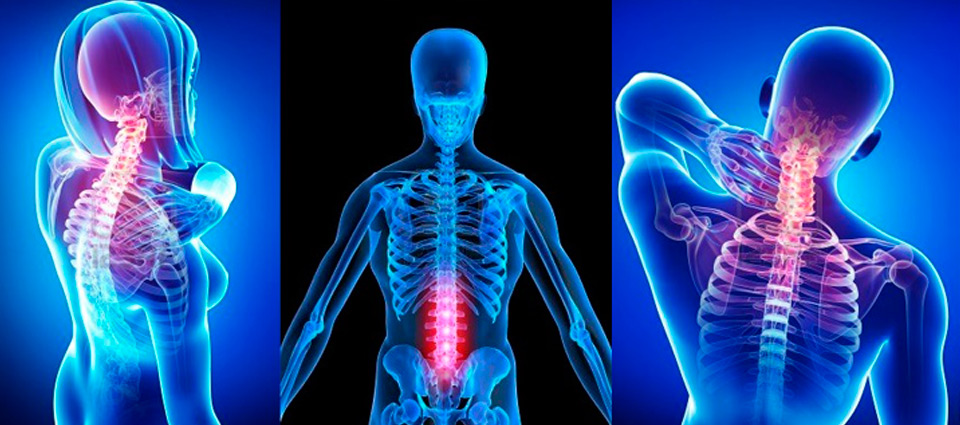Most of the benefits associated with chiropractic care are due to patients receiving specific chiropractic adjustments. Chiropractic adjustments work by helping to place your body in the proper position that then allows the body to heal itself. Safety is paramount. Indeed, as a holistic and alternative treatment approach, chiropractic adjustments can reduce stress placed on someone’s immune system, freeing up energy to be used towards disease prevention and maintaining homeostasis. Chiropractic care aims to address the whole body, enhancing patients’ ability to think, move and perform.
- Chiropractors pride themselves on taking a natural, drugless approach to helping their patients reach their health goals. Essentially, the basic principle upon which the entire profession is built is that the body has the amazing, innate ability to heal itself (under the right conditions); it is the chiropractor’s job to help create an environment that facilitate this inner-healing process and where safety is assured.
- Because the nervous system controls every cell and organ in your body, chiropractors focus their attention on the health of the spine being properly aligned. If the spine shifts out of its proper place, then adjustments are used to help bring the spine back into alignment.
- At the core of numerous chiropractic miracle stories is a concept known as “vertebral subluxation.” When chiropractors use this phrase, they refer to mechanical compression and irritation to spinal joints and nerves.
Case in point: the very first chiropractic patient in history was named William Harvey Lillard, who experienced difficulty hearing due to compression of the nerves leading to his ears. He was treated by “the founder of chiropractic care,” David. D. Palmer, who gave Lillard spinal adjustments in order to reduce destructive nerve compressions and restore his hearing. After doing extensive research about physiology, Palmer believed that Lillard’s hearing loss was due to a misalignment that blocked the spinal nerves that controlled the inner ear (an example of vertebral subluxation). Palmer went on to successfully treat other patients and eventually trained other practitioners how to do the same. The first college of chiropractic was founded in 1897 and named after Palmer, called the Palmer Chiropractic School & Cure.
Lillard is just one example of a patient who was able to overcome a serious problem in part by receiving targeted chiropractic adjustments. For someone else, it could be that sciatica (nerve pain down the back of their legs) is compromising their quality of life, or for another person, gastrointestinal discomfort. When you consider how most cells and organs in your body are controlled by nerves traveling through your spinal canal, it’s mind-blowing to consider how vast the positive outcomes of realigning these nerves can be.
Complementary treatments to chiropractic include Spinal Decompression Therapy, which involves stretching the spine, using a traction table or similar motorized device, in order to relieve back pain and/or leg pain. Deep tissue massage therapy, acupuncture and physical therapy are considered other common complementary therapies.
